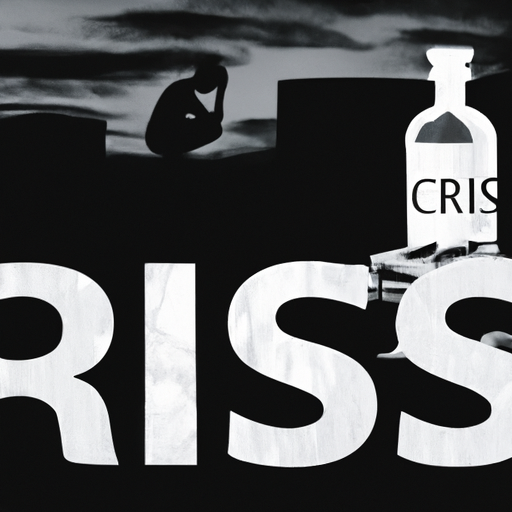The Canadian Opioid Crisis: Unprecedented Rise in Deaths
/cloudfront-us-east-1.images.arcpublishing.com/tgam/G5RLDZX5CZGQBNKGUYYPFRDUKM.jpg)
Canada is in the midst of a deepening opioid crisis, with a staggering number of deaths occurring due to an illicit drug overdose. A recent report published in The Globe and Mail highlighted that the number of deaths soared to a record high last year, particularly in British Columbia.
Impact of the Opioid Crisis
The opioid crisis in Canada poses numerous dire consequences for individuals, families, and communities. Considerably, this public health crisis has resulted in a vast number of preventable deaths and pushed healthcare and societal costs to alarming levels.
The Staggering Death Toll and its Implications
According to the article, a total of 1,716 people lost their lives to the opioid crisis in 2020 in British Columbia alone – a grim record amidst an already taxing global pandemic. This represents a 74% increase from 2019, making the opioid crisis an ever-growing emergency. A significant contributing factor to this surge in fatalities was the potent synthetic opioid, fentanyl.
This increasing death toll is not only a painful reality for friends and families of the victims, but it also exerts a significant impact on communities and the economy. It has been especially challenging for the homeless population and has led to an increase in crime, as people struggle with addiction.
Strains on the Healthcare System
Another ripple effect of the opioid crisis is the unprecedented pressure it exerts on the Canadian healthcare system. A surge in emergency department visits and hospitalizations related to opioid overdoses has resulted in resource strain and the diversion of medical attention from other critical needs.
Efforts Towards Mitigation
As the opioid crisis continues to unfold, there have been several strategic initiatives in place to combat this serious problem.
Prevention, Treatment and Recovery Services
A range of preventive measures, treatment programs, and recovery services have been implemented. This includes access to naloxone, a medication used to reverse an opioid overdose.
Safe Supply Programs
Efforts are also being made towards expansion of safe supply programs to provide addict individuals with pharmaceutical alternatives to dangerous street drugs.
Litigation Measures
Litigation measures are also a part of the strategies to address the opioid crisis, the “Canadian opioid abatement class action” being a prime example. It’s an action taken up by different regions of Canada demanding compensation from opioid manufacturers and distributors for the overwhelming fallout from the opioid crisis.
Key Points
- The opioid crisis in Canada has led to a surge in deaths, particularly in British Columbia.
- Fentanyl, a potent synthetic opioid, is a significant contributing factor to the surge in fatalities.
- It poses enormous strain on the Canadian healthcare system due to an increased number of hospitalizations related to opioid overdoses.
- The crisis affects individuals struggling with addiction and increases crime rates, particularly within the homeless population.
- Efforts towards mitigation include prevention and treatment services, safe supply programs, and litigation measures such as the Canadian opioid abatement class action.
Conclusion
In conclusion, the Canadian opioid crisis is a dire problem of great concern, causing an unprecedented number of deaths and societal challenges. Tactical and coordinated efforts are being taken to confront this crisis, such as prevention and treatment services, access to naloxone, safe supply programs, and litigation measures. However, the urgency and magnitude of this crisis demand increased inter-sectoral collaboration and the persistent attention of our civic and community leaders for effective mitigation.
